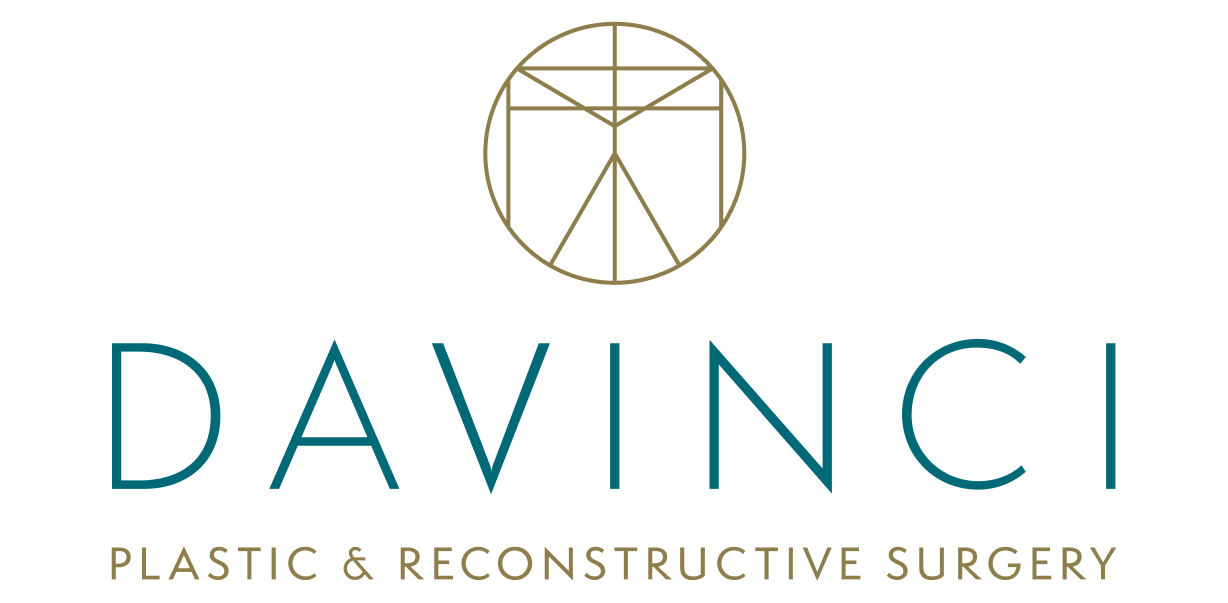Blog
Posted December 11, 2011 in Non-surgical
Look fabulous and 10 years younger for Christmas and New Years without surgery and no one know will know…except you. I’ve been doing non surgical facelifts and rejuvenating the cheeks, nose, eyes, chin and lips for years…using injectable fillers for wonderful natural looking results that can last up to 2 years with maintenance. Here’s what […]
Read More
Posted December 11, 2011 in Breast Cosmetic Surgery, Uncategorized
Breast Augmentation requires four important decisions for the surgical plan. Answering the key questions clearly improves communication and helps meet patient expectation. 1 – Size of the Augmentation. This is key to the patient’s satisfaction. It is a little like Goldilocks this one’s too big, this one’s too small and this one’s just right. Using […]
Read More
Posted November 16, 2011 in Lesions and moles
A quite frequent problem involved in the removal of small lesions such as moles, nevi and other lesions is…correct identification. Correct identification and confirmation of the exact site for these small lesions is paramount. But often, this is a problem when a patient is referred from a dermatologist and presents in our office. Identification and […]
Read More
Posted November 14, 2011 in Eyelid, Facelifts, Non-surgical
This decade ushers in droopy brows, volume loss in the lower facial third and deep neck bands from loose, baggy skin. These changes will be much less drastic if you started doing anti aging procedures in your 30’s or 40’s. But, it’s never too late to start. The goal is balance. Each part of the […]
Read More
Posted September 12, 2011 in Body Cosmetic Surgery
Labiaplasty is a plastic surgery of the external (outer) female genitalia. The predominate reason women seek this operation is increased size of the labia minora (or inner lips). As fashions become more form fitting, hair patterns more revealing and mean of comparison more common, more women are seeking this operation for cosmetic reasons. Problems with […]
Read More







